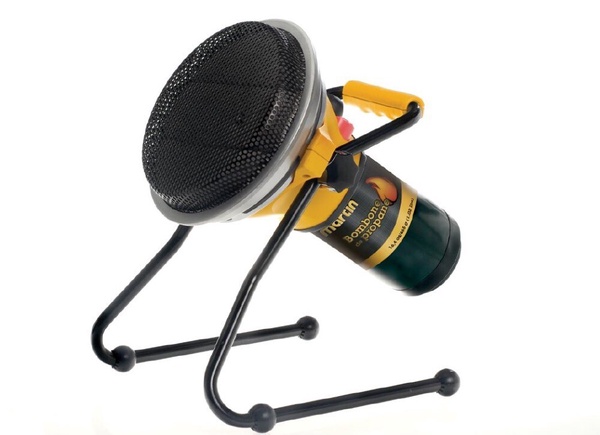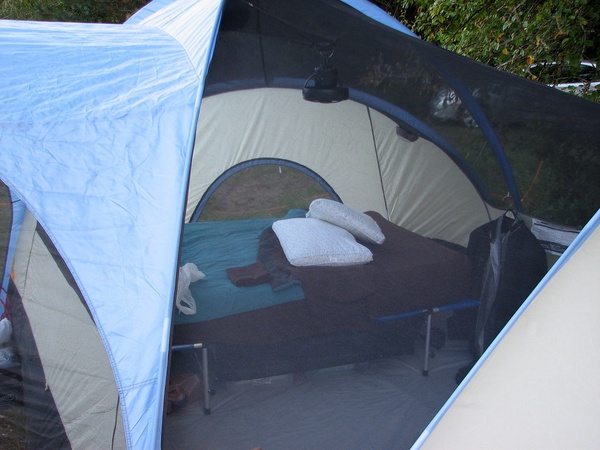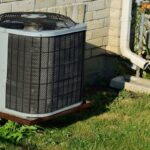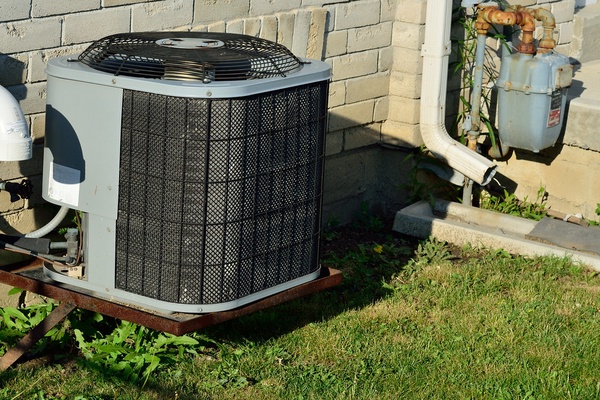Tent heater: how to choose the right device

creativecommons.org
There are three types of tent heaters:
- liquid
- gas
- catalytic
Each of these types is further classified according to different criteria.
First view – liquid tent heaters.
The fuel for them is alcohol or refined gasoline. Liquid heaters are mug-sized candles. During operation, they also remind us of candles - they burn with a bright, unprotected flame that gives warmth and illuminates the tent. The main disadvantage of this type is the naked flame. Essentially, liquid heaters are alcohol and gasoline burners that are used in laboratories. Tourists often use these, but due to the high risk of fire, liquid models are not recommended for heating a tent.
Gasoline tent heaters come in the liquid type, but only run on gasoline. They are a connection between a heating mechanism and a kerosene lamp. They are distinguished by their compactness, efficiency and high efficiency. A standard two-person tent will heat up in 4-7 minutes depending on heating conditions and heater size. The disadvantages of such tent heaters include:
- Unpleasant smell after burning gasoline.
- Problems with fuel (gasoline should only be stored in specialized containers; if it is accidentally spilled in a tent, firstly, there is a risk of fire, and secondly, it cannot be washed off in camping conditions).
- Works only with high quality gasoline (bad fuel will lead to unstable operation).
Second type – gas tent heaters, they have two subtypes:
- ceramic with infrared operating principle
- classic metal emitters
Gas heaters are one of the most popular types of tent heaters. Their advantages are high efficiency (they heat a tent in the same time as gasoline ones), large capacity (when hiking, every square centimeter of a backpack is important, and a gas cylinder holds much more fuel than a canister of gasoline of the same size), versatility (they can be used to heat the tent at night and for cooking during the day). For most models, the gas cylinder is connected separately. The entire heating mechanism is a nozzle on a cylinder, connected through a reducer with a flexible hose or collet. There are also models with built-in cylinders.

creativecommons.org
Ceramic emitters are one of the types of cylinder attachments. The gas burns in a separate container, the generated heat and light pass through the infrared coating. This radiation is absorbed by objects in the tent. This method allows you to use fuel more efficiently than other types of heaters. The advantage is that the power and intensity of the flame can be adjusted. It is recommended to first turn on the device at maximum power in order to warm up the tent faster, and then turn it down.
Metal emitters have a similar operating principle - the gas burns in a container and then simply passes through a metal guide. Metal heaters differ from ceramic heaters in the lack of infrared coating, lower efficiency and greater durability.
Third type – catalyst – the most popular type for heating camping tents. Heating occurs due to an exothermic chemical reaction. That is, the fuel does not burn - but decomposes. To speed up the reaction, catalysts are used, which speed up the process of fuel decomposition. Gas catalyst heaters are large in size, so they are more often used in large tents and camping tents. Gasoline catalyst heaters can fit in your hand, so they are used for heating small tents (up to three people).
When using oil or gas heaters, make sure the tent is ventilated. As a result of fuel combustion, exhaust gases are released. If they completely fill the tent, you may suffocate. Make sure your tent is ventilated.
How to choose a tent heater? Before purchasing a device, you must decide in what conditions it will be used.
For example, you are going on a hike, how do you plan to get around - on foot, by car or other transport? In the first case, the compactness of the device is important. How many people will live in the tent? You are alone - the simplest heater is enough. Two/three – a medium power device is suitable. Four or more are large and powerful devices. Is your tent well ventilated? Yes - gas, liquid and catalyst are suitable. No - it is recommended to use only catalysts. Also consider how long your hike will last, what the weather conditions are, how important mobility is, and more.
The best option would be a catalytic heater. It is efficient, practically does not emit exhaust gases, and is suitable for large and small camping tents.
You can buy such devices at any tourist and some fishing/hunting stores. If they are not available in your locality, you can order them in online stores.





